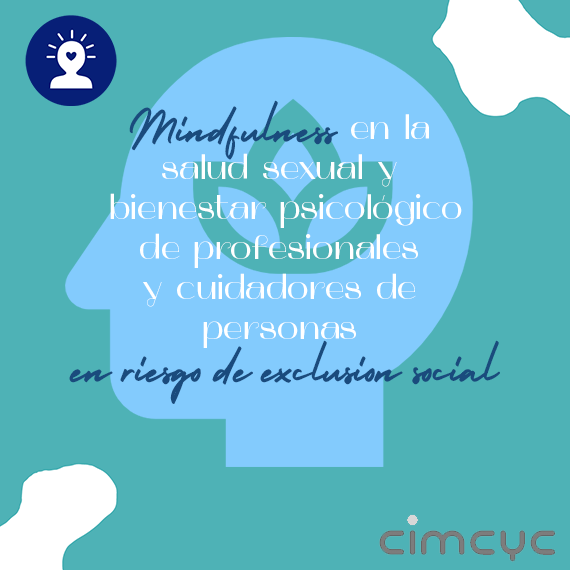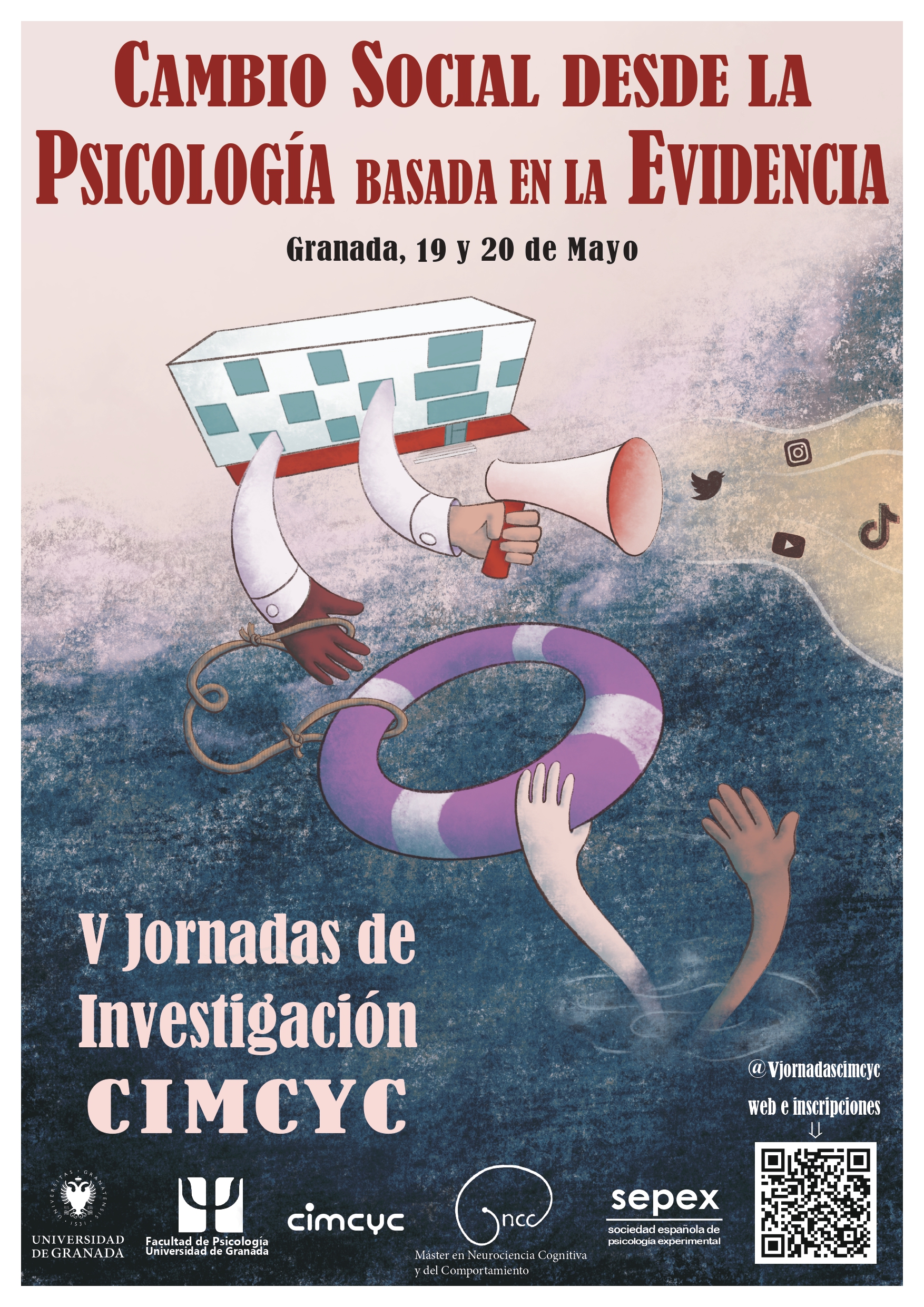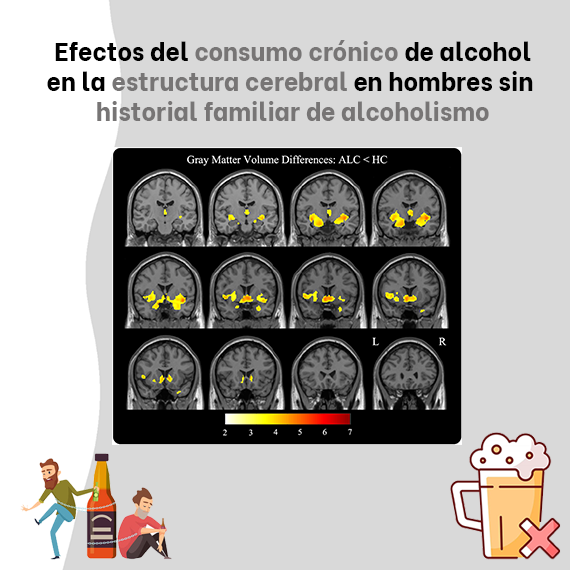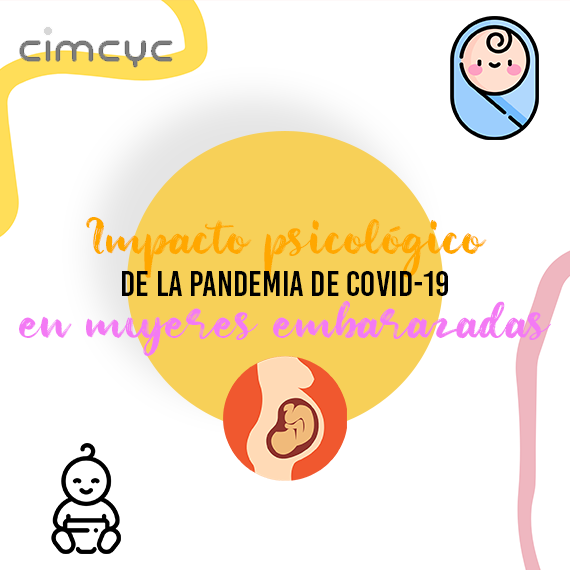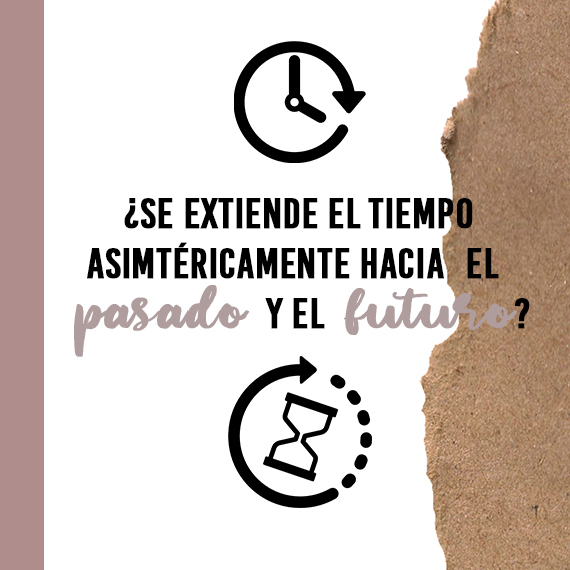
Does time extend asymmetrically into the past and the future?
Algunos estudios han sugerido la existencia de una asimetría futura y han explicado que la razón de ello es que caminamos hacia delante. Cuando caminamos, las cosas que están delante de nosotros son las cosas futuras, mientras que vamos dejando atrás las pasadas. Así, al caminar podríamos sentir que cada vez nos acercamos más al futuro y dejamos atrás el pasado. En definitiva, haciéndonos percibir el futuro como si fuera más cercano a nosotros que el pasado.

